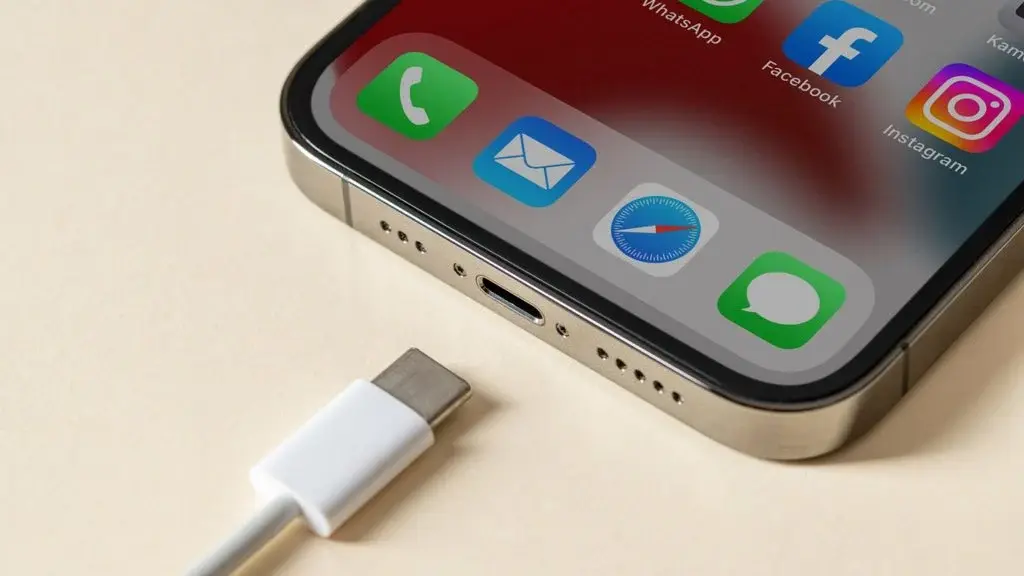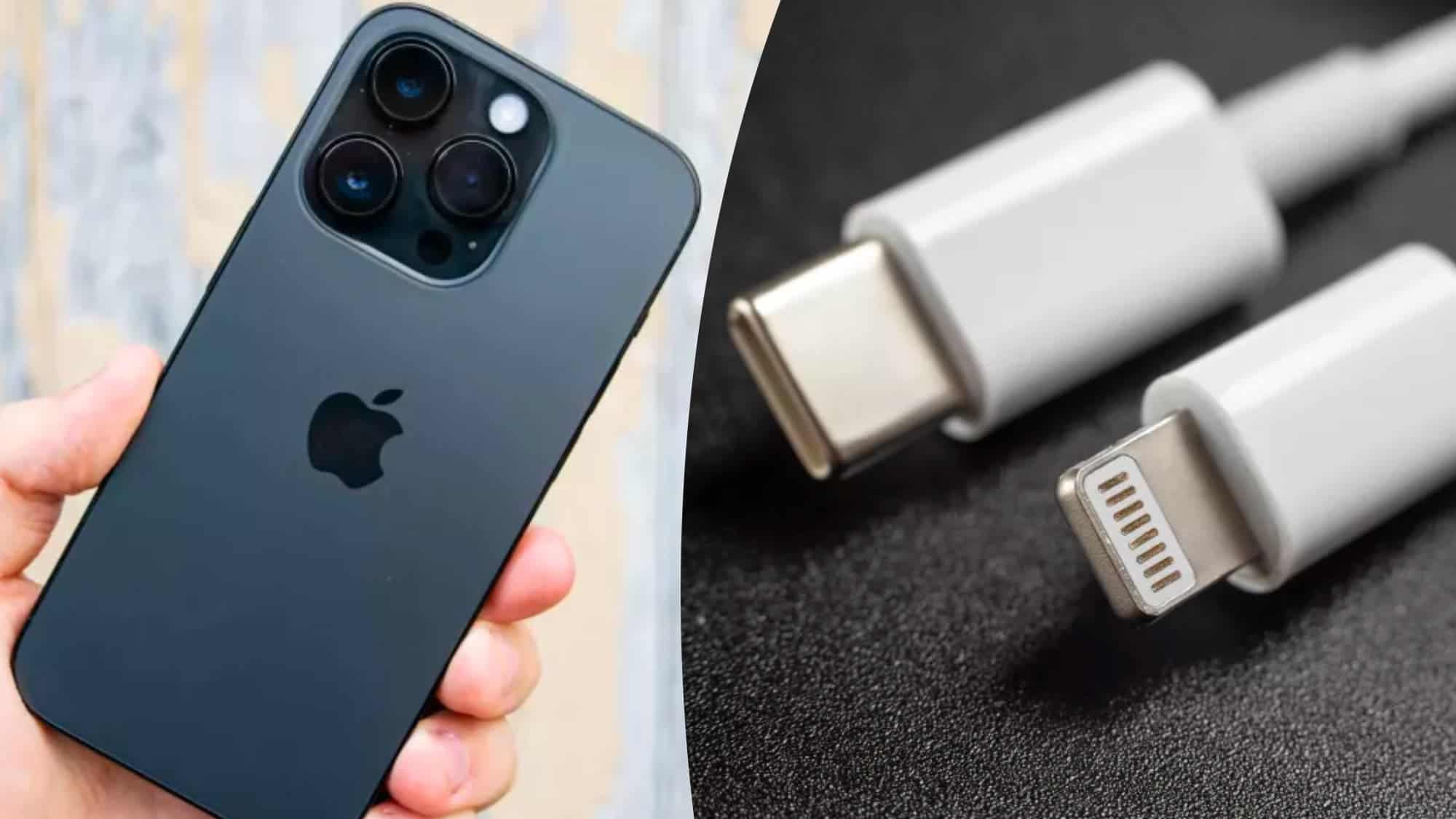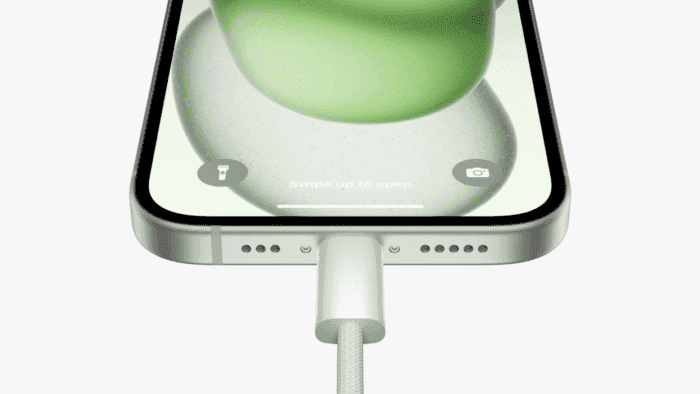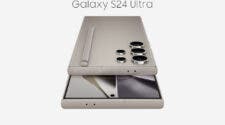Apple’s recent announcement of the iPhone 15 range on September 12 marked a significant turning point in the world of smartphones. Among the many changes and innovations, the introduction of the USB-C port as a universal connector stole the spotlight. This move was seen as a step forward in terms of compatibility and convenience, but it also raised questions and sparked debates about its implications.
The new iPhone 15 USB-C: Charging iPhones with Android Cables?

The USB-C port, a feature that Android users have long been familiar with, now takes center stage in Apple’s latest flagship models, replacing the traditional Lightning connector. This change was initially met with mixed reactions. As many Apple loyalists were accustomed to the Lightning port and its compatibility with a wide range of accessories. However, as the new iPhone 15 and iPhone 15 Pro units hit the shelves, consumers had the chance to experience the benefits firsthand, and the reception has been overwhelmingly positive.
One of the most significant advantages of this USB-C implementation is its ability to simplify the often cumbersome process of charging various devices. In the past, Apple users needed separate cables for their iPhones, iPads, and MacBooks. With the USB-C port, a single cable can now charge all these gadgets, streamlining our digital lives and reducing clutter.
The real game-changer, though, is the newfound ability to charge an iPhone using an Android phone. By connecting both devices with a USB-C cable, users can transfer power from one device to another, a feature that was previously only possible through wireless charging methods, which tended to be slower and less efficient. This move toward cross-brand compatibility marks a significant shift in how we interact with our technology and opens up new possibilities for users who may have devices from different ecosystems.
Using USB-C Cables with Apple’s iPhone 15
However, as with any major technological transition, there have been some hiccups along the way. Recent reports from China, one of Apple’s largest markets, have highlighted concerns raised by certain official Apple Stores. These stores are advising customers against using “Android cables” to charge their new iPhone 15 and iPhone 15 Pro, citing worries about overheating during the charging process.
The recommendation not to use “Android cables” in Apple’s latest models has raised several questions and sparked debates about the motivations behind this advice. Is it a genuine concern for user safety and the health of their new iPhones, or could it be a strategic move to protect Apple’s market share, particularly in a region known for the proliferation of counterfeit components?
What makes this issue particularly perplexing is the absence of an official statement from Apple itself. The recommendation against “Android cables” appears to be a stance taken by multiple official stores in China. But the lack of clarity from the American tech giant has left room for speculation and debate about the true reasons behind this position.
One possible explanation for this recommendation is the subtle but essential differences in cable construction between Android manufacturers and Apple. Not all USB-C cables are created equal, and variations in the alignment of connection pins and the arrangement of certain elements can impact the amount of heat generated during charging.
Unlocking the Power of USB-C in Apple’s iPhone 15

To mitigate the potential overheating issue, some Apple Stores in China are advising customers to use Apple’s own USB-C cables. Although these cables may be more expensive than those from Android manufacturers, they are designed to meet Apple’s specific standards. By using Apple’s cables, it is believed that the risk of overheating can be minimized or eliminated altogether. Ensuring a safer charging experience for iPhone 15 and iPhone 15 Pro users.
The debate surrounding this issue underscores the importance of using high-quality, certified cables and accessories with electronic devices. While the USB-C standard aims to promote compatibility, it’s crucial to remember that not all cables are manufactured to the same quality and safety standards. Subpar or counterfeit cables can pose risks to both devices and users, potentially leading to overheating, electrical issues, or damage to the devices.
Gizchina News of the week
In conclusion, the introduction of the USB-C port in the iPhone 15 range represents a significant step toward greater compatibility and convenience in the world of technology. It not only brings Apple closer to the Android ecosystem but also opens doors to new possibilities for cross-brand charging and data transfer.
Whether the cautionary recommendations from some Apple Stores in China regarding the use of “Android cables” are genuinely rooted in concerns for user safety or are part of a strategic move to protect Apple’s market share remains a topic of discussion. As technology continues to evolve, consumers should remain vigilant when choosing cables and accessories. Prioritizing safety and reliability to make the most of their devices. Ultimately, the USB-C revolution is about simplifying our digital lives and enhancing our experience with technology, and it’s up to both manufacturers and users to ensure that this transition is a smooth and safe one.
What should consumers do?
Consumers should be aware of the potential safety risks associated with using USB-C cables with the iPhone 15. If you are concerned about overheating, it is best to use an Apple-certified USB-C cable. However, if you are on a budget, there are many high-quality third-party USB-C cables available.
Here are some tips for choosing a safe USB-C cable:
- Look for a cable that is certified by USB-IF. This means that the cable has gone through tests and meets the USB-C standard.
- Avoid cables that are too cheap. Low-quality cables may not have the same standards as genuine cables.
- Inspect the cable before using it. Look for any signs of damage, such as fraying or loose wires.
- Be careful when using USB-C cables in public places, such as airports and cafes. These places are often popular for having counterfeit and low-quality cables.
If you are concerned about your iPhone 15 overheating, you can also try the following:
- Keep your iPhone cool while charging. Avoid charging your iPhone in hot environments, such as in direct sunlight or in a hot car.
- Use a slow charger. Fast chargers can produce more heat, so using a slower charger may help to reduce the risk of overheating.
- Take breaks from charging. If you are charging your iPhone for a long period of time, take breaks to let it cool down.
Here are some additional thoughts on the matter:
- It is important to note that Apple has not issued an official statement on the safety of using third-party USB-C cables with the iPhone 15. The recommendation from some Apple Stores in China is apparently based on concerns about overheating. But Apple has not confirmed this.
- Some experts have suggested that Apple’s recommendation may be more about protecting its own profits than about safety. Apple’s USB-C cables are significantly more expensive than third-party cables. So it is in Apple’s interest to encourage consumers to buy its own cables.
- Ultimately, it is up to each individual consumer to decide whether or not to use third-party USB-C cables with their iPhone 15. If you are concerned about safety, it is best to use an Apple-certified cable. However, if you are on a budget, there are many high-quality third-party cables available.
It is also worth noting that the USB-C port is a new feature on the iPhone 15. So it is possible that there are still some bugs or issues that need to be addressed. It is important to be aware of the potential safety risks and to take steps to protect your device.
If you notice that your iPhone 15 is overheating, stop using it immediately and let it cool down. You may also want to contact Apple support for further assistance.




